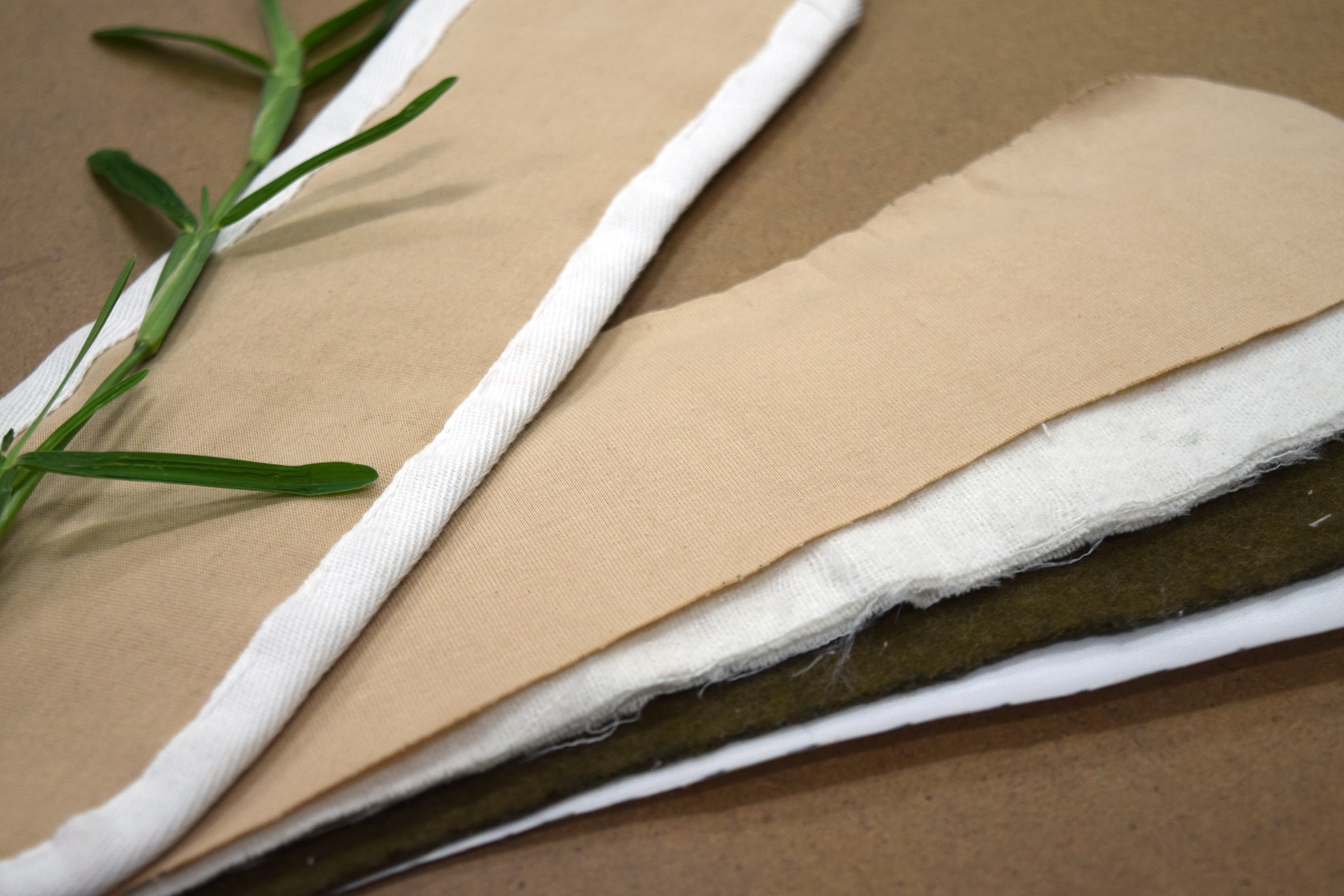We aim to help 23 million school going girls and 10.5 million women involved in construction work with the world’s most affordable reusable sanitary pad.
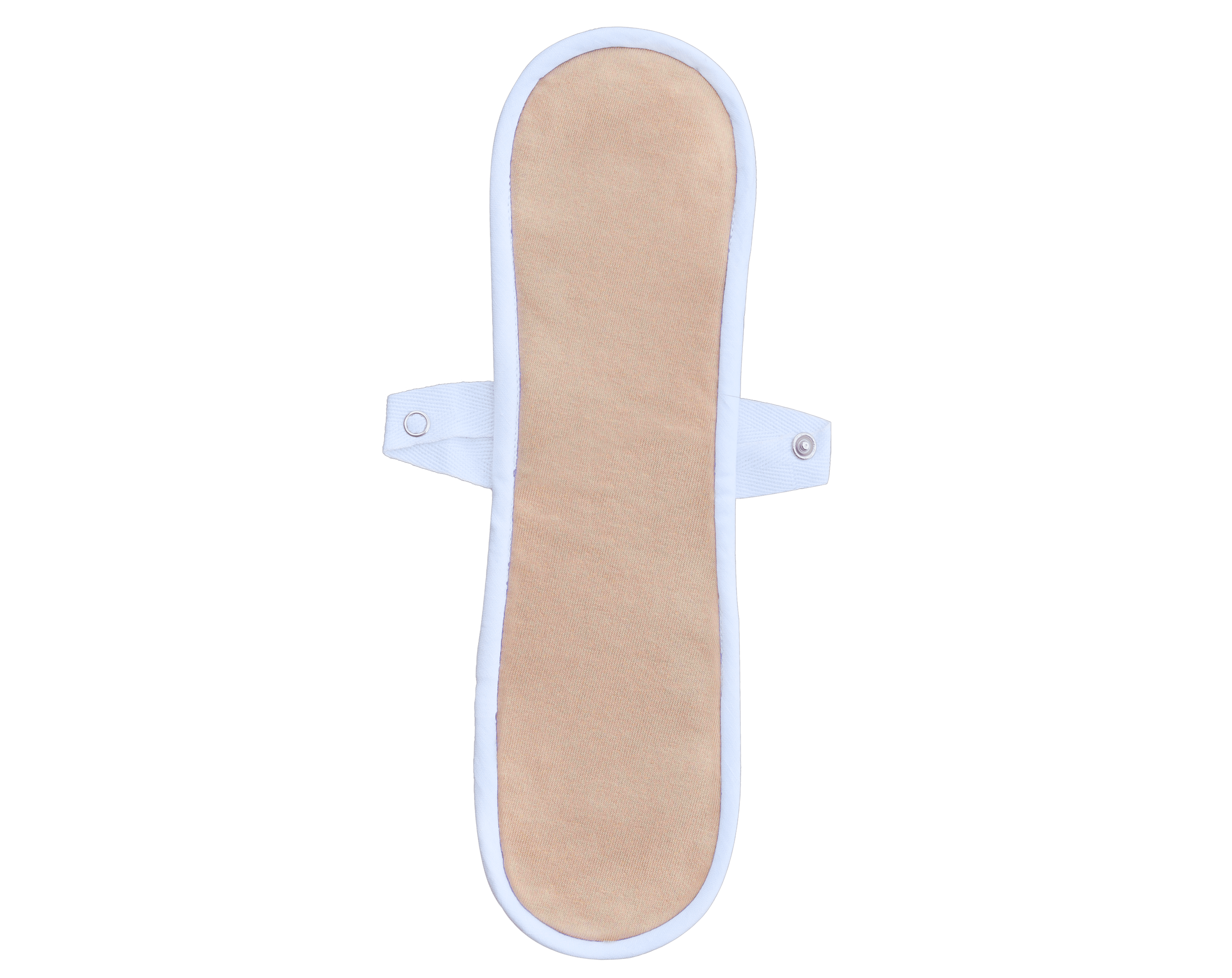
“There is no tool for development more effective than the empowerment of women.”
-Kofi Annan (Former UN Secretary-General)
23 Million women drop out of school every year when they start menstruating in India. 10.5 Million women working in construction work with no access to proper menstrual hygiene. With the development and distribution of the product we believe to empower women in India and the whole world.
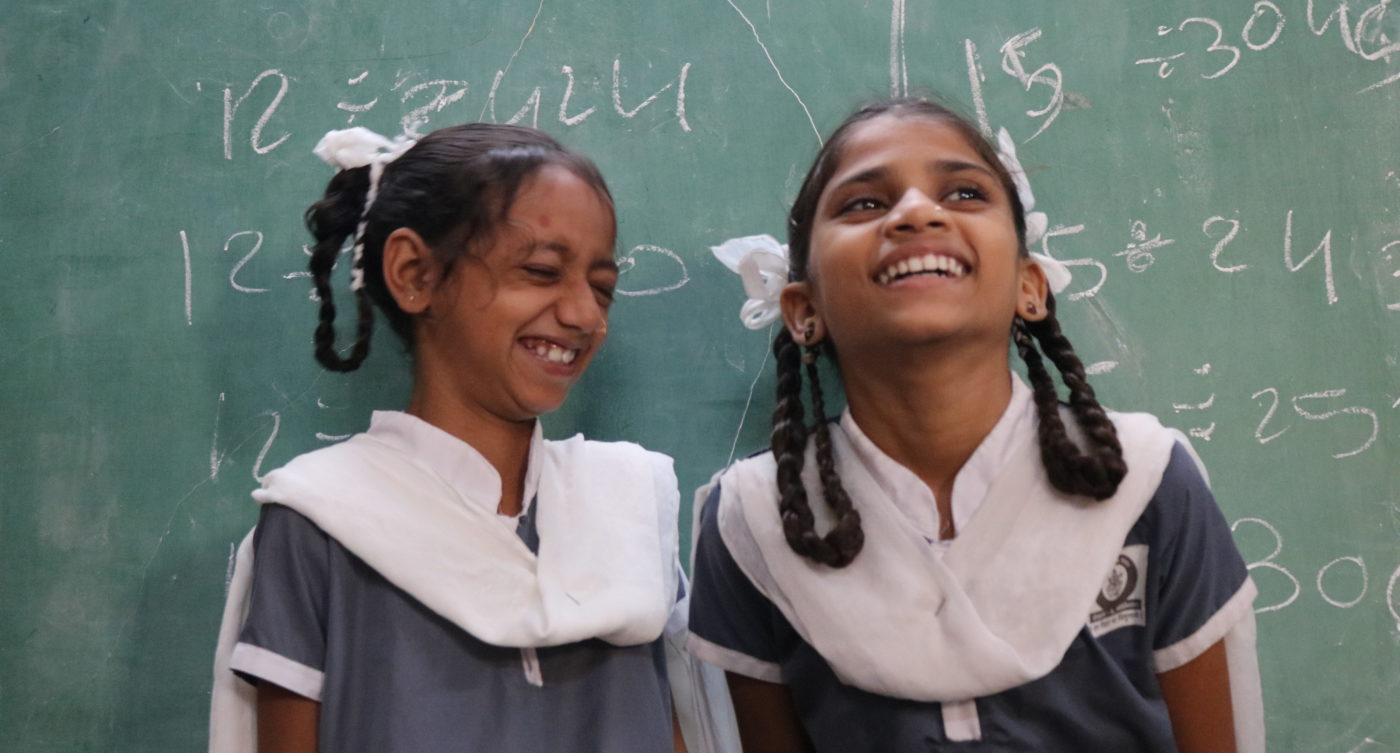
While working with government school children, we realised how big this crisis is in the world. To solve this problem we set out to work with IIT and adopted 8 government schools in Gandhinagar, Gujarat. We have developed a product keeping in mind the dignity of a well educated and self aware girl, therefore we have given a lot of emphasis on design, material and quality.
Our product is made form the best materials like Hemp, Cotton, Bamboo, Jute and coated cotton (PUL). We are working with farmers from Himachal Pradesh and Gujarat to source material. All the work is done with the women of rural India.
Reusable Sanitary Pads
The most sustainable, environment-friendly and skin friendly reusable sanitary pads are made of four layers as follow:
- Hemp-Cotton blend
- 100% cotton (Chemical free)
- Jute and Bamboo (Absorbent Material)
- Coated Cotton (Prevents Blood Leakage)
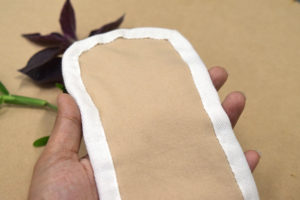
Why we use these materials instead of regular material?
Normal sanitary pads have 90% plastics and artificial fragrances which contain around 3000 chemicals. Even if these kind of sanitary pads are contacted with your skin for a very small amount of time the total affect will be adverse and highly hazardous for human skin.
It is not only hazardous to human skin but for the environment and pocket too!! The amount of energy consumed, emission of co2, water used to make these products and plastic waste generated is enormous which will either go to landfill or be burned. The plastic which is used in sanitary pads takes 500 years to degrade and burning these pads will generate dioxin which is the major responsible element for cancer. An Indian woman spends Rs 200-250 on average per month for these kind of sanitary pads causing negative impact on the environment and they fall too heavily on your pocket. Around 70% Indian women can’t even afford these pads because they are struggling to make ends meet.
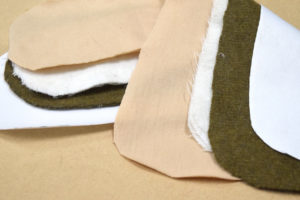
We have used materials which are sustainable for both the environment, human skin and yes of course for your pocket too. Our pads are very easy to wash and chemical free. The materials used in our sanitary pads are natural. Following are the reasons behind using these materials.
- Hemp-Cotton Blend
Hemp and cotton are both plant-based fibers. There are no pesticides being used to grow hemp. It requires very less amount of water. Hemp has a natural anti-microbial and UV-resistance property which is very good for the skin. It takes very less amount of dyes. It is breathable and gets softer with every wash plus undergoes minimum to zero fiber degradation.
- 100% cotton (Chemical Free)
Using 100% cotton which is chemical free and is not only good for human skin but also for farmers which are part of cotton cultivation. And it is very easy to degrade which is also good for the environment.
- Jute and Bamboo (100% natural and quite absorbent)
Jute and Bamboo is 100% bio-degradable and recyclable so it is environment-friendly. It is the most important vegetable fiber after cotton in terms of global consumption, production and employment generation after cotton. It can save the forest and meet the cellulose and wood requirement of the world due to the high volume of cellulose in its stem. It also has good characteristics of moisture absorption which is the reason we use jute as an absorbent layer.
- Coated Cotton
The final layer is made out of cotton with the coating of PUL (Poly Urethane Laminate) which has leak resistance property.
So we can assure you the safety of the environment, human skin and your pocket too!!
